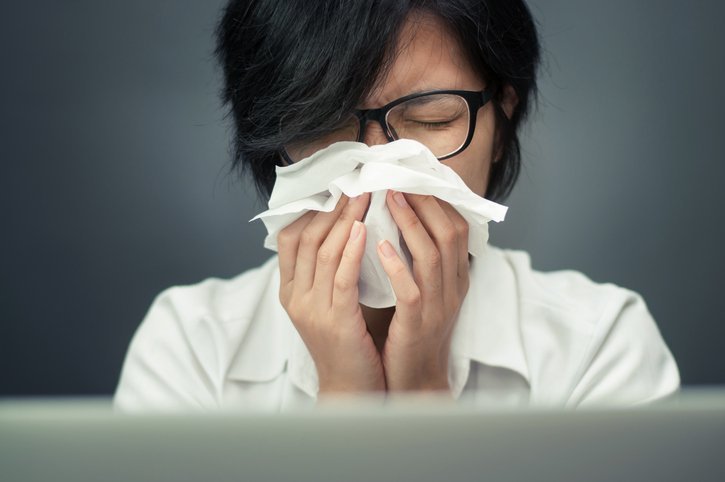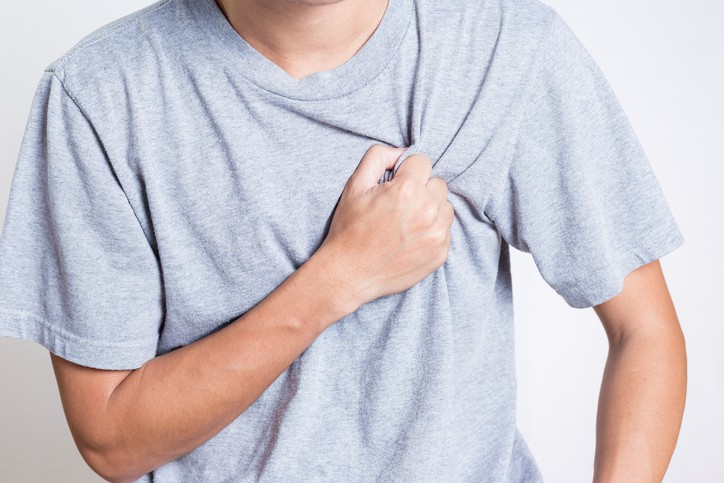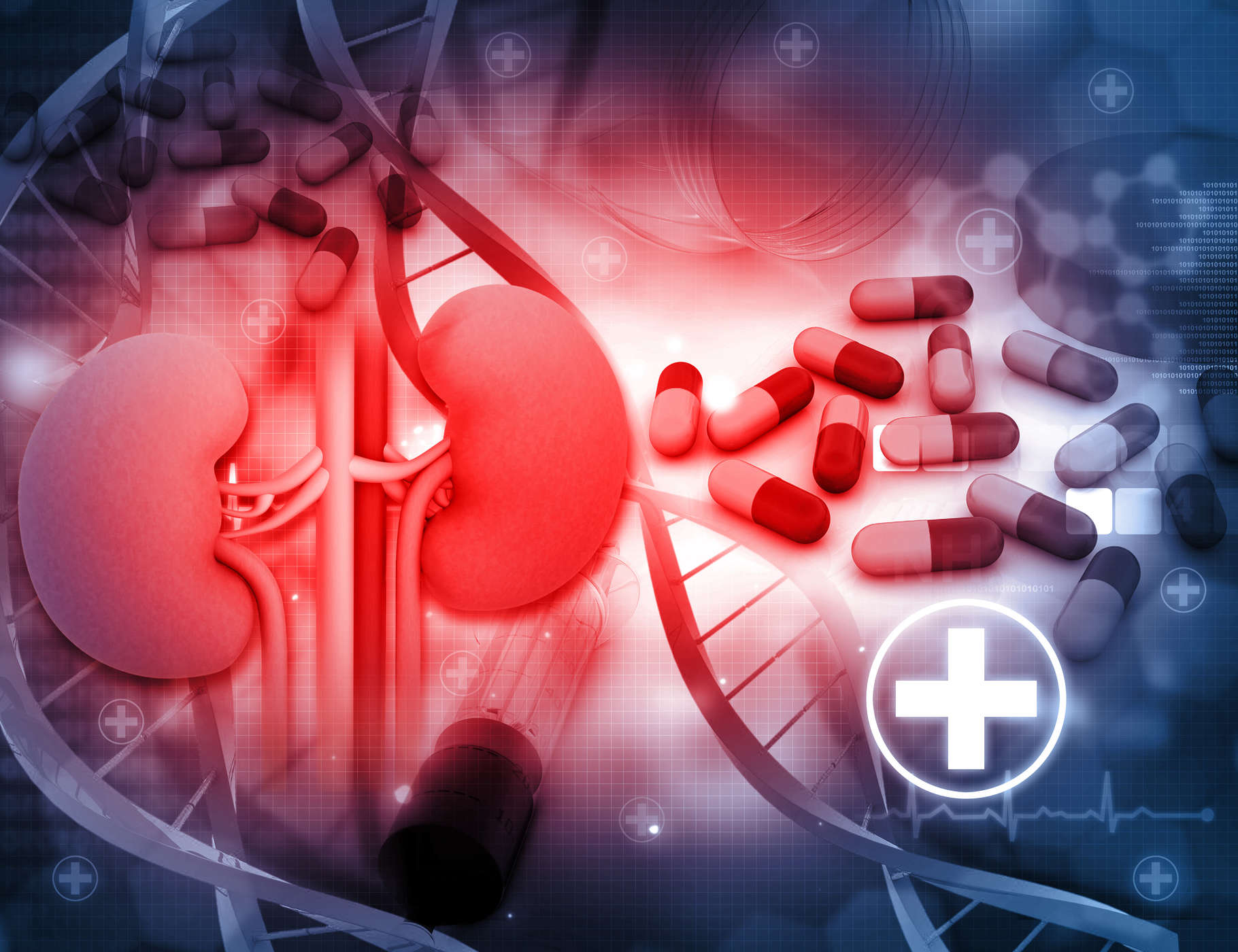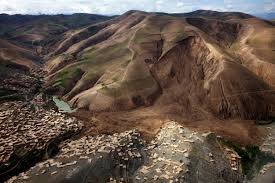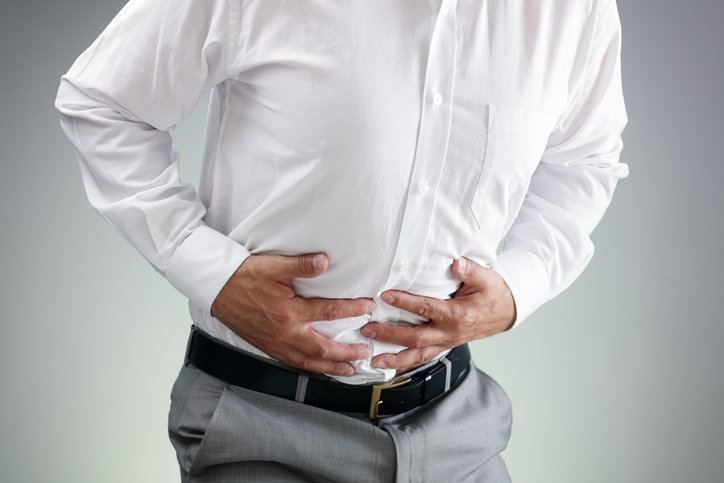Contents:
- Medical Video: What Exactly Is Food Poisoning?
- What's the difference between food poisoning and foodborne illness?
- Different causes
- Different time in showing symptoms
- How to prevent food poisoning and foodborne illness?
Medical Video: What Exactly Is Food Poisoning?
Feeling a stomach ache, nausea, vomiting, or dizziness after eating? Maybe you suspect it is food poisoning. However, this is not necessarily due to food poisoning. It could be the cause turned out to be a foodborne illness. Sometimes, we consider food poisoning and foodborne illness as the same thing, but in fact different. What's the difference?
What's the difference between food poisoning and foodborne illness?
Yes, the term food poisoning has a different meaning from foodborne illness, although everyone is accustomed to generalizing all these things to food poisoning. The FDA or the US Food and Drug Administration also states that this is something different.
According to the FDA, food poisoning is a form of foodborne illness caused by ingestion of toxins in food. While, foodborne illness is an infection or poisoning that results from food contaminated with living microorganisms or poisons. Foodborne diseases include allergic reactions and other conditions in which food acts as an allergen carrier (an agent that causes allergies).
READ ALSO: What Should Be Done When Food Poisoning?
Different causes
The difference in food poisoning with foodborne illness can be the thing that causes it. What causes these foods to make you sick? Infection or poison? Is it because of the microorganisms in the food, or because of the toxins contained in these foods (can be from microorganisms or from the environment)? This is indeed very difficult to distinguish. So, you are not wrong to mention all these things into food poisoning.
The term food poisoning refers to diseases caused by toxins in the food you eat. This poison can be produced from bacteria that are in food; can be from chemicals, heavy metals, or other substances that stick to food; or it could be because the meat of fish, shellfish, or other animals has contained toxins from their environment.
Meanwhile, foodborne diseases are usually caused by pathogenic infections (such as bacteria, parasites, or viruses). Usually, the pathogens that cause foodborne diseases are:
- Escherichia coli, usually found in dirty water
- Salmonella, usually present in eggs, chicken, meat, raw milk, cheese, and contaminated vegetables and fruits
- Norovirus, is in raw food, contaminated water, contaminated shellfish
- Listeria, can be in raw milk (unpasteurized milk), cheese from raw milk
Different time in showing symptoms
Because it is caused by toxins, symptoms of food poisoning can occur as soon as you eat contaminated food. Usually you will show symptoms such as sudden vomiting and diarrhea.
Meanwhile, the symptoms of foodborne illness can usually appear longer and can also last longer than symptoms of food poisoning. These symptoms may even appear until 10 days after you eat contaminated food. In addition, foodborne illnesses are also more easily transmitted to people around you.
The symptoms that appear may vary, but some symptoms that can occur when you are poisoned or experience foodborne illness are:
- Nausea
- Gag
- Diarrhea
- Stomach cramps
- Fever
- Bloody stool
- Headache (dizziness)
- Fatigue or weakness
READ ALSO: Nausea After Taking Vitamins, What Is The Cause?
How to prevent food poisoning and foodborne illness?
Food can cause poisoning or carry foodborne illness if:
- Food is not cooked or raw
- Food is not processed properly
- Food is not stored properly
- Food contaminated with pathogens from the environment, can be from water, pesticides, or equipment used
So you need to deal with all four of these to prevent food poisoning or foodborne illness. Indeed, sometimes the food we eat actually contains naturally harmful pathogens, but these pathogens will die when you cook the food properly.
Some things you must do to prevent food-related diseases are:
- Wash your hands and cooking utensils that you will use before cooking. Make sure your hands and all equipment in contact with food are guaranteed to be clean. Also wash food ingredients that you will use before cooking.
- Separate food ingredients according to their type, also separate tools that are in contact with the food ingredients. For example, you use a cutting board for meat that is different from a cutting board for vegetables. Also, separate raw foods from cooked foods. This aims to avoid contamination of food.
- Cook the ingredients until they are completely cooked. Between one food and another usually has a different time to cook. Make sure the food is thoroughly cooked before you eat it.
- If you have leftovers, you should keep them in the refrigerator. Don't forget to warm it up before you eat it again.
READ ALSO: Falling Foods "Not Five Minutes", Is It Really Safe to Eat?

